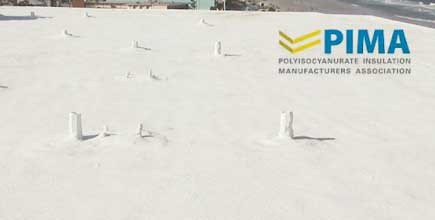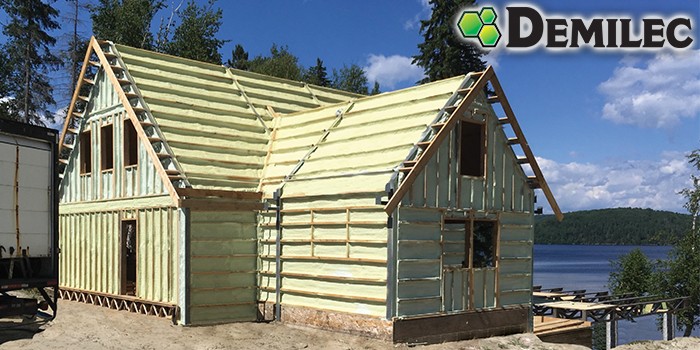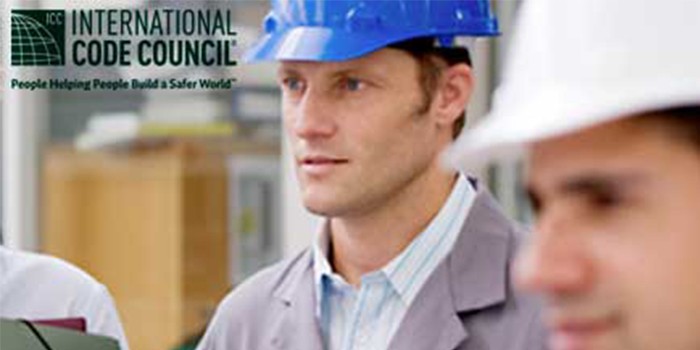Insulation Levels in Reroofing Projects to Comply with Requirements for New Construction

BETHESDA, MD – January 17, 2014 – When existing roofs that are part of the building's thermal envelope are removed and replaced, and when the roof assembly includes above-deck insulation, the energy code now requires that the insulation levels comply with the requirements for new construction, according to a proposal approved by International Code Council at public comment hearings held in October 2013.
As a result of this proposal approval, the 2015 International Energy Conservation Code (IECC) includes new language that provides unambiguous direction on how the energy code provisions apply to roof repair, roof recover, and roof replacement.
Each year about 2.5 billion square feet of roof coverings are installed on existing buildings. The opportunity to upgrade the insulation levels on these roof systems occurs once every several decades when the roof is replaced or even longer when existing roofs are "recovered". Until recently this requirement was prescribed using vague and confusing language.
"There has been a great deal of confusion given the various terms used to describe roofing projects on existing buildings in both the International Building Code and the International Energy Conservation Code, such as reroofing, roof repair, roof recover and roof replacement," said Jared O. Blum, President, Polyisocyanurate Insulation Manufacturers Association (PIMA).
Moving forward the IECC will use the same definitions found in the International Building code:
- Reroofing. The process of recovering or replacing an existing roof covering. See "Roof recover" and "Roof replacement."
- Roof Recover.The process of installing an additional roof covering over a prepared existingroof covering without removing the existing roof covering.
- Roof Replacement. The process of removing the existing roof covering, repairing any damaged substrate and installing a new roof covering.
- Roof Repair. Reconstruction or renewal of any part of an existing roof for the purposes of its maintenance.
"A survey of building departments in many states and regions in the United States found that online roofing permit application forms rarely included any information on the energy code and required insulation levels," added Blum. "With the changes to the 2015 IECC, it will be easier for building departments to correlate the building code- and energy code - requirements for roof replacements."
The clarification to the 2015 IECC makes the code easier to interpret and enforce. Along the way, it will help ensure the opportunity to save energy when replacing roofs.
"Numerous studies have demonstrated the energy savings provided by a well insulated roofing system," said Blum. "It is critical to minimize energy losses and upgrade insulation levels when roofs are replaced to comply with code requirements for new construction."
Another benefit of this update is that the exemption for roof repair is now clearly defined, making it easier for building owners and roofing contractors to perform routine maintenance without triggering energy efficiency upgrades, which would add costs.
About PIMA: For over 25 years, the Polyisocyanurate Insulation Manufacturers Association (PIMA) has served as the unified voice of the rigid polyiso industry proactively advocating for safe, cost-effective, sustainable and energy efficient construction. PIMA's members, who first came together in 1987, include a synergistic partnership of polyiso manufacturers and industry suppliers. Polyiso is one of the Nation's most widely used and cost-effective insulation products available. For more information, please use the contact information and link provided below.
Disqus website name not provided.









































